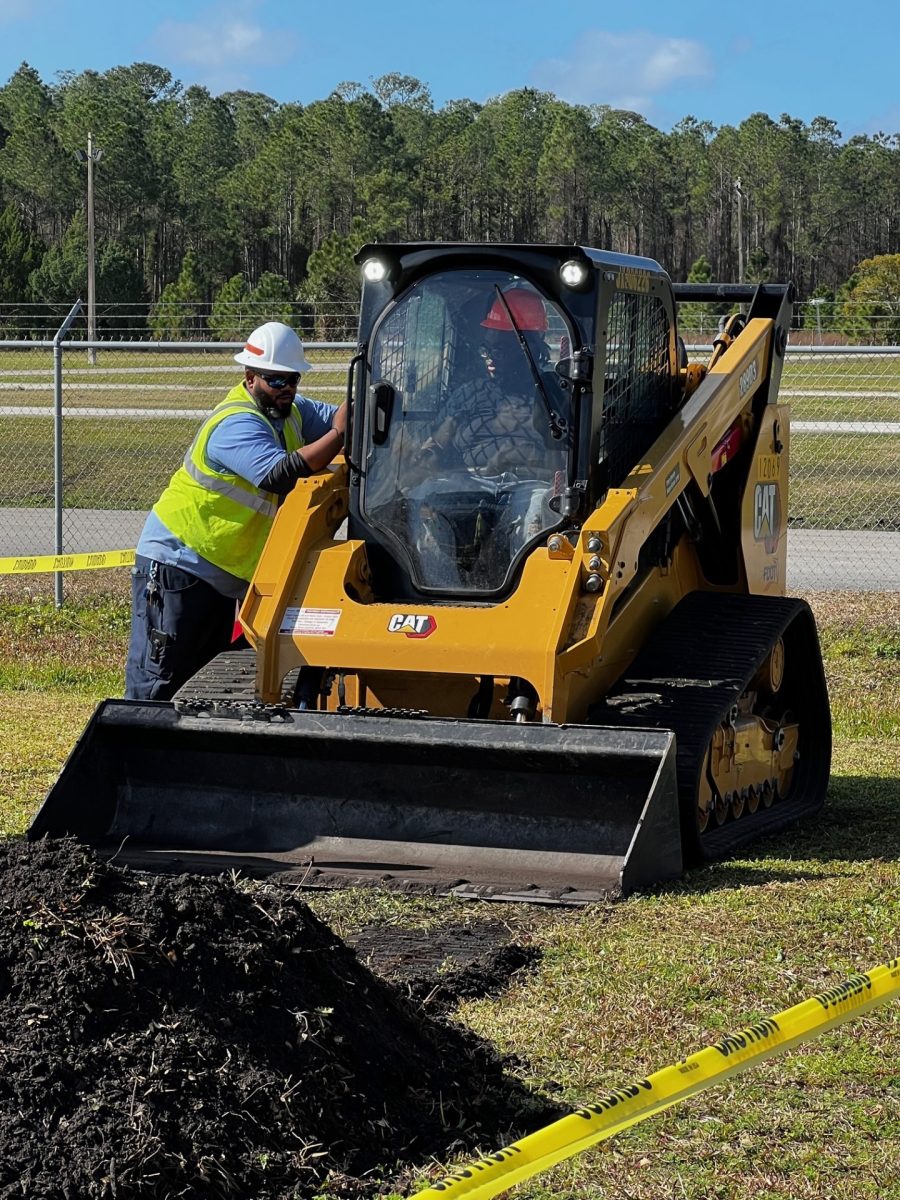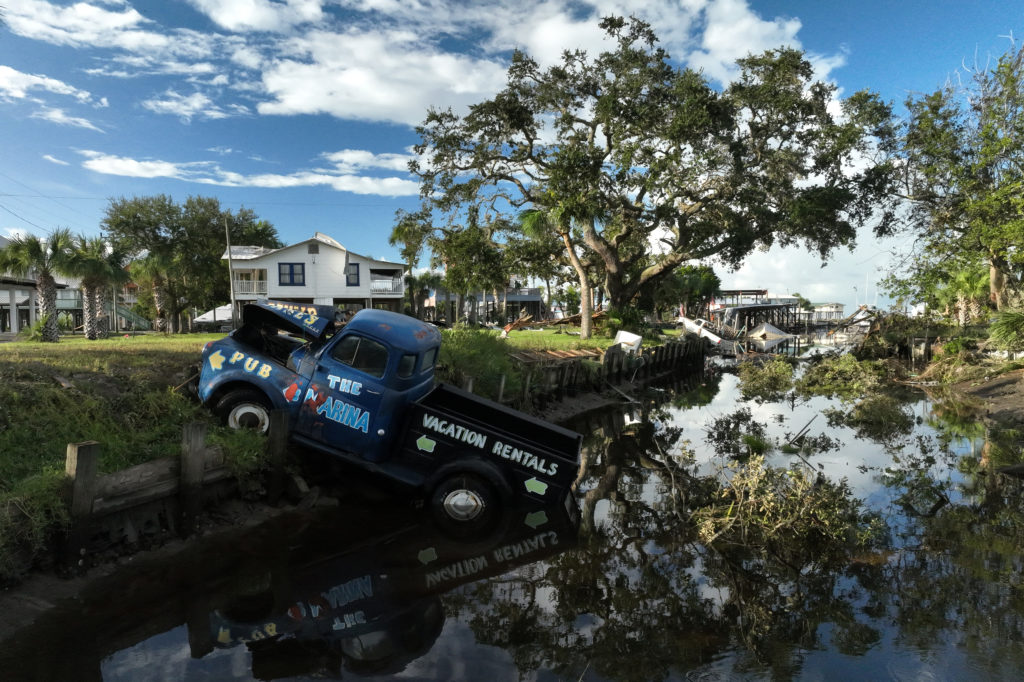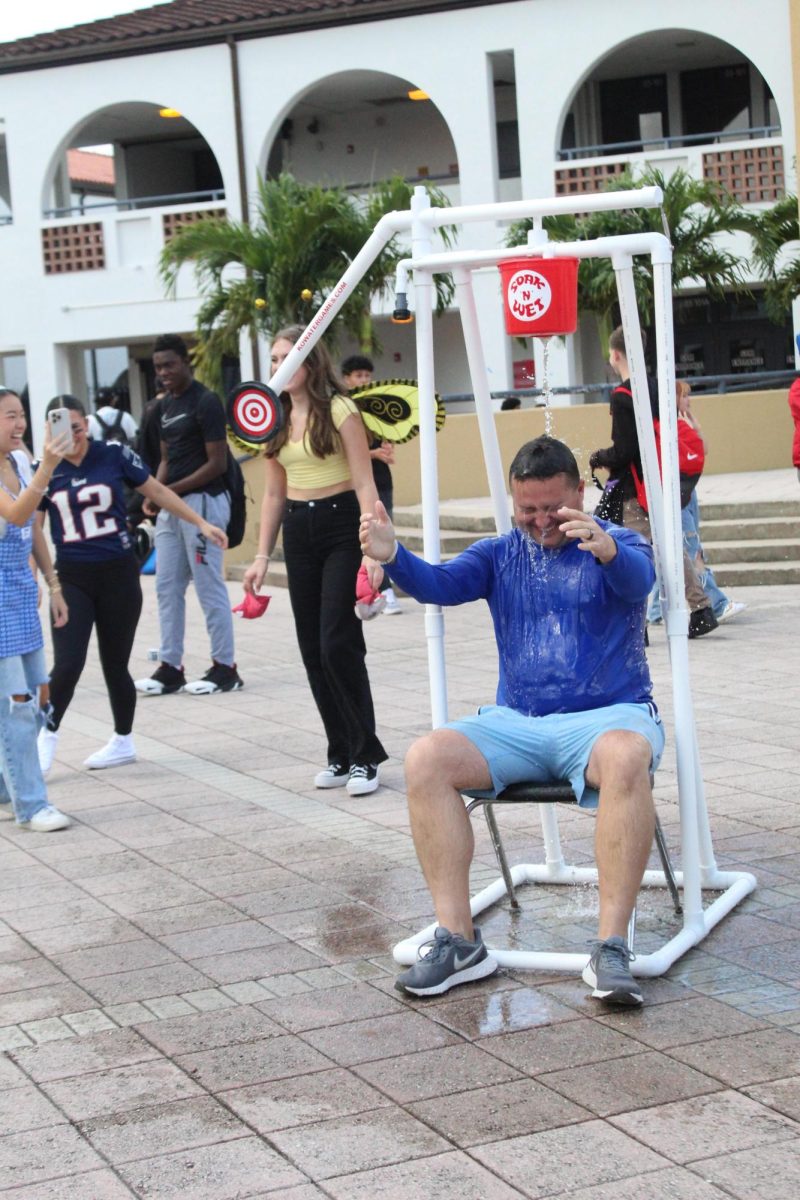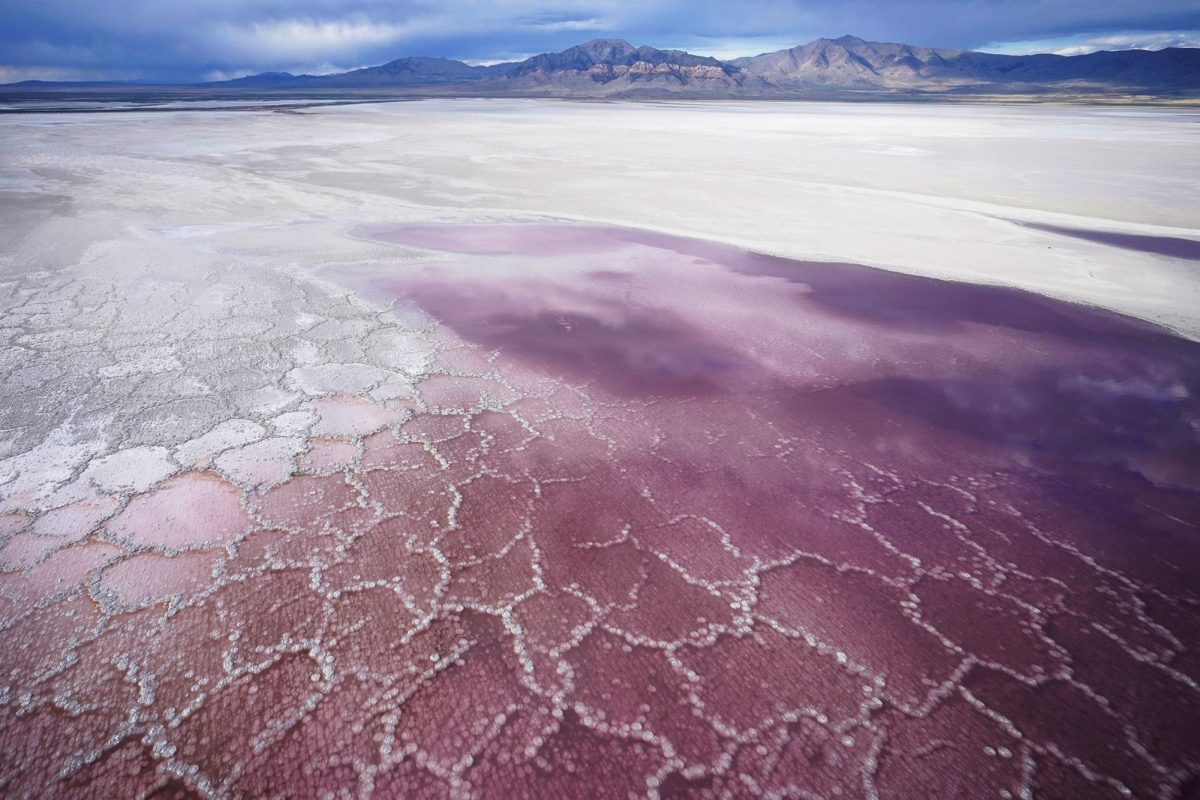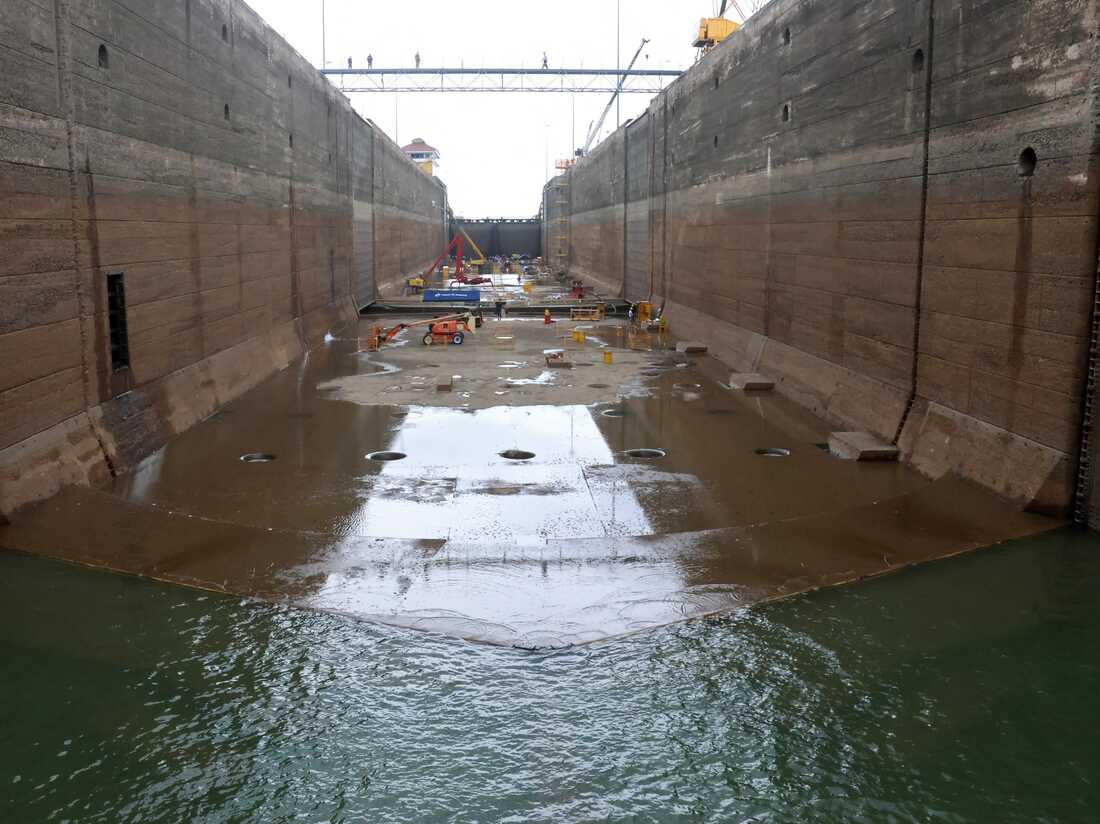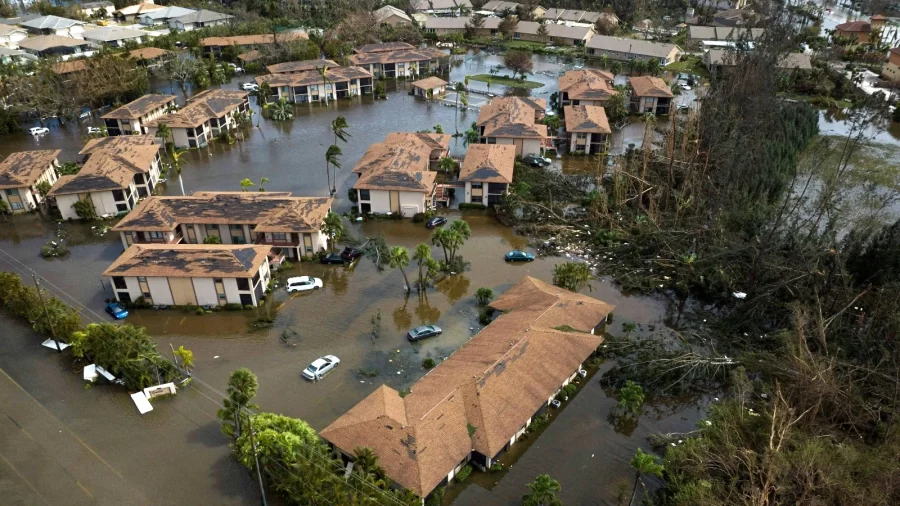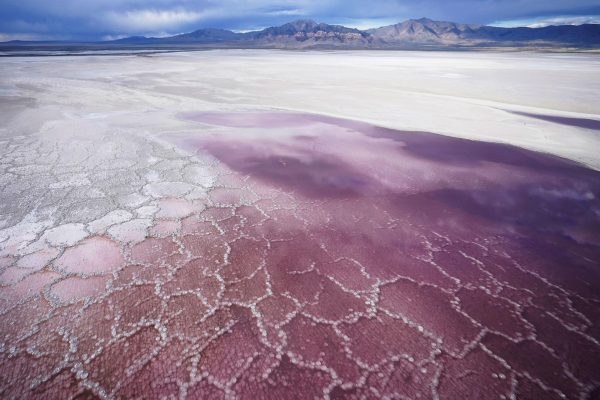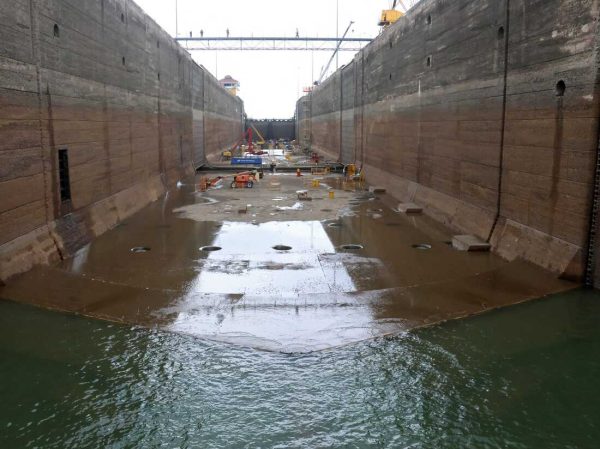Hurricane Ian Causes Severe Damage in Coastal Areas
October 12, 2022
Hurricane Ian made landfall on Florida’s southwestern coast in Cayo Costa, Wednesday September 28th, as a Category 4 storm with winds at a maximum of 150 mph.
In several counties that experienced heavy flooding, over a thousand Floridians were rescued by the National Guard and evacuated out of their homes to safer land. Unfortunately, there were still at least 119 fatalities in Florida alone. Bodies of victims were found under parked cars, in trees, and under debris from fallen homes, after flood water on the coast of the peninsula went down.
Most of the destruction in Florida was due to extreme flooding, with storm surges as high as 12 feet. Wind damage was still fatal but not as bad compared to previous hurricanes, like Hurricane Irma that hit Florida in 2017, with wind speeds of up to 177 mph.
The most affected counties in Florida were on the coast of the Gulf of Mexico including Lee, Sarasota, and Charlotte counties. Sanibel Island in Lee county faced much of the storm surge and flooding, with the causeway that spans San Carlos Bay being left completely destroyed, and hundreds of people stranded.
Ian is considered to be Florida’s deadliest Hurricane since 1935 with an estimated 53 to 74 billion dollars worth of damage. “You’re looking at a storm that’s changed the character of a significant part of our state,” said governor Ron Desantis, during a briefing in Tallahassee on Thursday September 29th. “This is going to require not just the emergency response now, and the days or weeks ahead; I mean, this is going to require years of effort, to be able to rebuild, to come back.” Hurricane Ian migrated upward toward South Carolina as a category 1 bringing heavy rain inland to Virginia and North Carolina before dispersing into a tropical storm.















